Angolan Food: Basic Overview
Common Ingredients
Common Cooking Methods
Courses
Meals
Key Taste
Eating Etiquette
Meal Presentation
Culinary Festivals
Influence and Fusion
Popular Types of Angolan Food
-
Stews
Hearty stews are the most important and numerous main dishes in Angolan cuisine.
These stews are usually prepared with meat or seafood, beans, and vegetables (especially root vegetables).
Angolans usually serve stews with bread or starchy side dishes.
-
Grilled and Barbecued Dishes
Grilled and barbecued dishes are prevalent specialties in Angola.
These dishes are usually savory food offerings for the main course, with meat and seafood being the main ingredients.
Angolan dishes are specialties widely prepared and consumed in Angola. Portuguese specialties have a considerable impact on these dishes due to Portugal’s long history in Angola.
Nevertheless, Angola’s indigenous cooking traditions still form the backbone of the national cuisine. People have turned various ingredients, both native ones and those introduced by the Portuguese, into delicious and culturally significant specialties.
Although Angola is often categorized as a Southern African country, its cuisine has more in common with Central African cuisine.
Read on, and you will learn about many aspects of traditional Angolan food, such as its core characteristics, international prevalence, and health values.
Then, I will describe the best 18 dishes in Angola before highlighting the common attributes of local cuisine and recommending beverages for serving with local fare.
18 Awesome Angolan Dishes
Angolan cuisine offers 18 dishes that will surely capture your imagination. Use advanced filters to navigate this content more easily; there are options regarding alphabetical sorting, main ingredients, taste, cooking methods, dish types, courses, and global popularity.
Next, check out the additional filters based on specific culinary styles, such as traditional, national, street food, fusion, exotic, and vegetarian options.
Muamba de Galinha
- National
- Traditional
Muamba de galinha, or simply muamba, is an iconic chicken stew in Angola. It was voted as one of the world’s 50 best foods by CNN in 2011.
Locals prepare muamba by slowly cooking chicken with squash, okra, and muamba de dendem (red palm oil sauce), and gindungo (a kind of Angolan hot chili pepper). These ingredients give the stew a rich, savory flavor with a spicy kick and a distinctive red hue.
Muamba de galinha is usually served with a side of funge (a cassava flour porridge) or rice, providing a comforting and filling meal
Calulu
- Traditional
Calulu is a famous Angolan stew with a savory and tangy taste. It is made by cooking dried fish or meat, fresh fish, tomatoes, okra, onions, palm oil, and various leafy vegetables, such as spinach or sweet potato leaves.
Originating from a Brazilian dish called caruru, calulu is now a common choice for everyday meals in Angola. Its robust flavor profile shines best when served with funge or rice.
Funge
- Street Food
- Traditional
Funge, also known as funje, is a popular Angolan staple dish made with fuba (cornmeal) or yuca (cassava). Cornmeal-based funge is well-known in the south, while the cassava-based variation is a staple of Northern Angolan cuisine.
The preparation of funge involves boiling water and gradually stirring in the flour to create a smooth, dough-like mixture. Sometimes, people make funge with stock to create a richer dish.
However, traditional funge has a neutral taste, making it an ideal backdrop for the bold, spicy flavors of Angolan stews and sauces. Locals commonly form it into a small ball and dip it into sauce or stew.
Cachupa
- Traditional
Cachupa is a famous slow-cooked stew made with corn, beans, cassava, cabbage, sweet potatoes, and meat or sausage in Angola. The diversity of ingredients imparts a hearty and nourishing quality to this stew.
While cachupa was created in Cape Verde, an island in the West African coastal region, in the 15th century, it is now a mouth-watering stew that Angolans can’t live without. Locals often re-fry leftover cachupa to serve with eggs or other dishes for breakfast.
Kizaca
- Traditional
Kizaca is a traditional Angolan dish prepared with cassava leaves. These leaves are finely pounded before being cooked with peanut butter, palm oil, garlic, onions, and fish or meat (optional) into a dense, flavorful green paste.
Kizaca was created somewhere after the 16th century when the Portuguese introduced cassava to Africa. This simple yet nutritious dish carries the earthy, robust flavors of cassava leaves and palm oil.
Ginguba Torrada
- Street Food
- Traditional
Ginguba torrada, or roasted peanuts, is a beloved snack in Angola. Locals prepare it by roasting peanuts without or without salt until they are golden brown, then shelling them by hand or with machinery.
Roasted peanuts are a common sight at many Angolan markets, street vendors, and households. People sometimes mix them with roasted plantains or grilled cassava.
Mufete
- Street Food
- Traditional
Mufete is an Angolan grilled fish popular throughout the country, especially in the region around the capital city Luanda. Originally a special dish reserved for weddings and festive occasions, it is now widely available for daily meals.
Mufete primarily features grilled river tilapia served with boiled sweet potatoes, cassava, plantains, and a sauce made from onions, palm oil, tomatoes, and spices.
The smoky, savory goodness from the grilled fish and the earthy flavors of the accompaniments create a mouth-watering combo in mufete. Angola’s riverside or beaches, especially in Luanda, are the best places to try this grilled fish.
Cabidela
- Traditional
Cabidela is a classic Angolan stew-like dish hailing from Portugal, more specifically, the northern region of Minho. It is typically made by cooking chicken, turkey, duck, or rabbit with rice in a sauce of its own blood and vinegar.
The combination of the tangy vinegar with the richness of the blood imparts a complex flavor profile to cabidela. Angolans add a unique twist to this Portuguese-origin dish by serving it with funge.
Caldo de Peixe
- Traditional
Caldo de peixe, literally “fish soup,” is a well-liked dish in many parts of Angola, including the coastal regions. It originated from Minho province in the north of Portugal.
Angolans prepare this fish soup by simmering freshly caught fish and seafood with vegetables, like tomatoes, sweet potatoes, onions, and cassava. Various herbs are often used to add a tempting aroma to the soup.
While caldo de peixe is very suitable for the main course, locals also enjoy it as a breakfast dish and hangover cure.
Leite Azedo
- Traditional
Leite azedo, or soured milk, is a common Angolan fermented milk product that is similar to yogurt. It hails from the Mucubal people in Southern Angola, who traditionally let milk ferment in hollowed-out gourds.
Locals usually serve leite azedo as a dessert or combine it with funge. Finding this Angolan dairy product in the markets is rather difficult as most people produce it just enough for personal use.
Leite azedo com pirão de milho is an Angolan specialty that mixes soured milk with corn porridge.
Cocada Amarela
- Traditional
Cocada amarela is a sought-after Angolan dessert with a beautiful golden color. It was born out of the culinary exchange with the Portuguese tradition of extensively using egg yolks in making pastries.
The core ingredients of cocada amarela include grated coconut, sugar, and egg yolks, creating a vibrant yellow color and a sweet, creamy texture. This pudding-like dessert is sometimes flavored with spices.
As cocada amarela is very rich, Angloans usually serve it in small portions on special occasions.
Arroz com Feijão
- Traditional
Arroz com feijão, which translates to “rice and beans,” is a well-known dish in Angolan cuisine. As suggested by its name, it combines white rice with beans (such as red, black, or kidney beans) and aromatics like garlic, onions, and bay leaves.
With its footing and hearty flavors, Angolan rice and beans is a versatile option to accompany stews and savory meat or fish dishes. Undoubtedly, arroz com feijão is a symbol of home-cooked comfort and nutritional balance.
Caldeirada de Cabrito
- Traditional
Caldeirada de cabrito is a beloved Angolan stew made from young goat meat (cabrito). Locals prepare it by cooking the meat with various vegetables, spices, and herbs, resulting in a rich and savory taste.
Have a bite of caldeirada de cabrito with rice, and you will be mesmerized by the tenderness and succulence of goat meat. Angolans prepare this young goat meat stew for many festive occasions and family gatherings, especially on Independence Day.
Chikuanga
- Street Food
- Traditional
Chikuanga is a tasty Angolan cassava-based dish hailing from the northern and northeastern parts of the country. Locals prepare it by forming a dough with cassava and water, wrapping the dough in banana leaves, and seaming it into a dense, sticky, bread-like product.
The subtle fragrance of banana leaves and the mild sweetness of cassava are the defining characteristics of chikuanga. Many people enjoy cutting it into thick slices to serve alongside stews, sauces, and savory dishes like barge fumado and mufete.
Fumbua
- Traditional
Fumbua represents both wild spinach, a tropical leafy vegetable, and a rich stew made with this vegetable in Angola. As a vegetable, fumbua is native to tropical forests in Africa and can be found in many countries.
As a stew, fumbua consists of wild spinach, tomatoes, onions, palm oil, and ground peanuts. The cooking process mellows the bitterness of the wild spinach, creating a delightfully savory and tender vegetable stew.
Fumbua goes well with rice and funge and is fairly popular in Northern Angola.
Catatos
- Exotic
- Street Food
- Traditional
Catatos is an exotic Angolan dish prepared by deep-frying caterpillars with garlic and optional flavorings, such as tomatoes, onion, and chili peppers. It offers a crunchy texture and a nutty, savory sweetness quite distinct from meat.
In certain parts of Angola, especially in the northwestern region, locals make catatos with caterpillars freshly caught from the trees or the fields. This protein-rich snack is an interesting match for funge, rice, and hot sauce.
Kissuto Rombo
- Traditional
Kissuto rombo is a time-honored grilled goat meat dish in Angola. The goat meat is marinated overnight in a mixture of lemon juice, garlic, hot peppers, white wine, and other spices before cooking.
While grilling kissuto rombo in the oven, the chef constantly bastes it with white wine to enhance its flavor, creating a tender and flavorful meat dish to serve with rice or funge.
Bagre Fumado
- Traditional
Bagre fumado refers to dried and smoked catfish in Angolan culinary arts. It stems from the traditional method of drying and smoking catfish caught from local rivers to preserve them for long-term storage.
The most popular way of cooking barge fumado is to stew it with vegetables, namely tomatoes, onions, and okra. This smoky and savory stew goes well with funge, rice, or boiled tubers and vegetables.
Discovering the best dishes in Angola is helpful but not enough; you should also learn about the common attributes of local cuisine.
What Are the Common Features of Angolan Cuisine?
The threads that make up the rich culinary tapestry of Angolan cuisine will be explored right away.
The basis of Angolan cuisine lies in the cooking traditions of more than 100 ethnic groups that call this African country home, such as the Ovimbundu, Kimbundu, and Bakongo.
The Portuguese colonial rule that lasted over five centuries brought various dishes, food ingredients, and cooking techniques from Portugal and its colonies into mainstream Angolan culinary arts. Cassava is a particularly versatile item emerging out of this exchange.
Meanwhile, Angolans have learned and taught how to make many dishes from other Portuguese-speaking countries, including Brazil and Cape Verde.
Angola includes many types of terrain, such as a long coastline, savannah, rainforest, and semi-arid regions. These conditions provide a diverse range of ingredients and significantly shape the national cooking tradition.
For example, the availability of seafood along the coast and different types of crops and game in the interior regions have influenced regional cuisines within the country.
In the next section, I will explore the best beverages you can serve with Angolan dishes.
What Are the Best Beverages for Pairing With Angolan Dishes?
While Angola offers many types of beverages, the three following categories are the most popular options for serving alongside dishes.
Beer
Both traditional and modern varieties of Angolan beer are suitable for pairing with rich and spicy dishes, such as muamba de galinha, cabidela, and ginguba torrada.
Spirits
Angolans enjoy many types of homemade and commercially prepared vodka, gin, or whisky. These alcoholic beverages can complement dishes with strong, bold flavors, including mufete, cachupa, and catatos.
Soft Drinks
From carbonated sodas to fruity drinks, there are many types of beverages to serve with both light and rich dishes, like fumbua, chikuanga, and cocada amarela.
What else do you want to know about Angolan cuisine? Let me know in the comment section, and tell me the dishes that you like in this country. Remember to share this compilation of Angolan dishes with your friends!


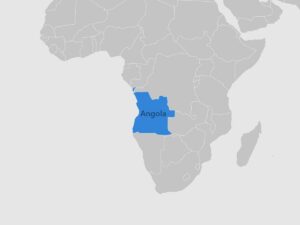
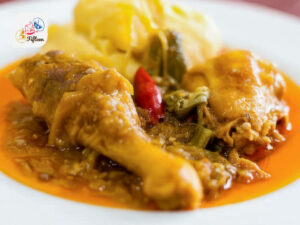
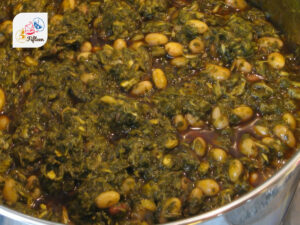
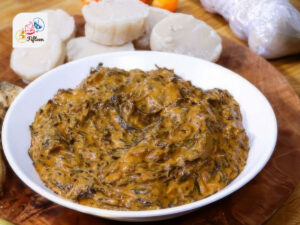
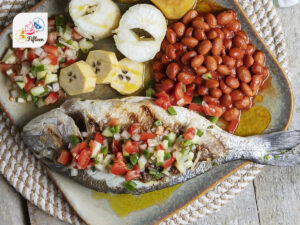
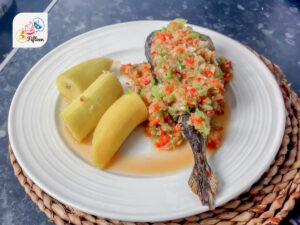
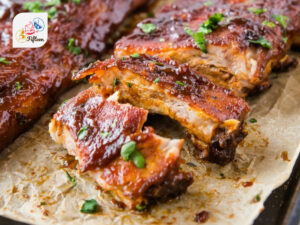
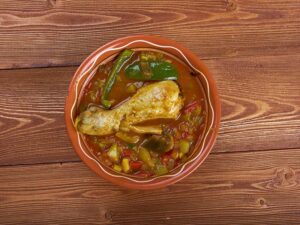
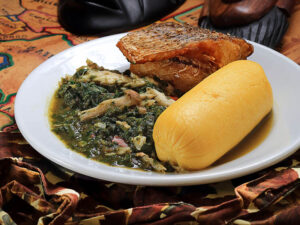
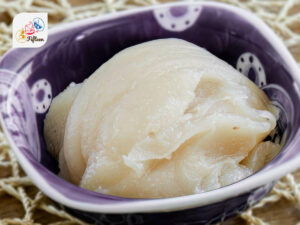
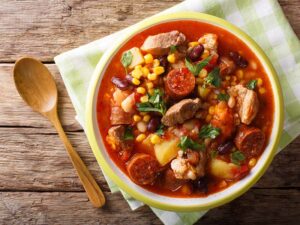
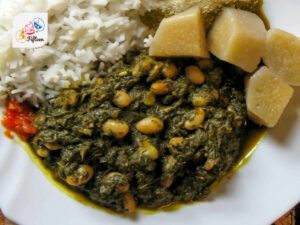
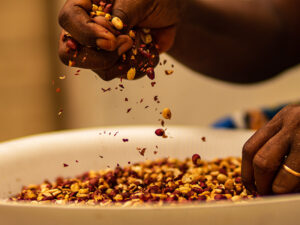
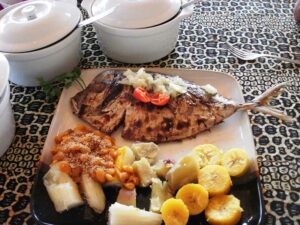
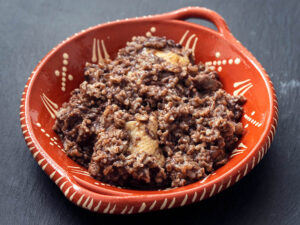
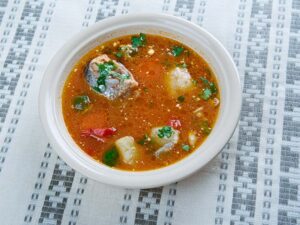
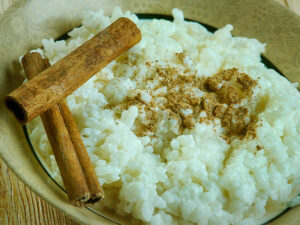

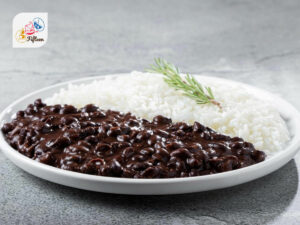
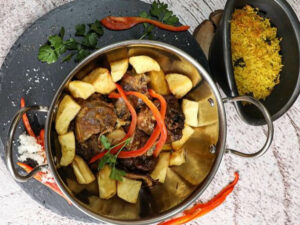
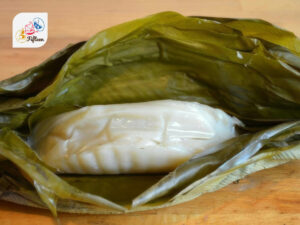
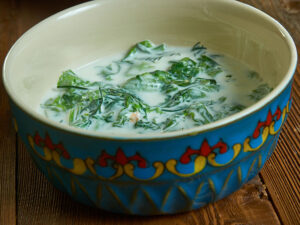
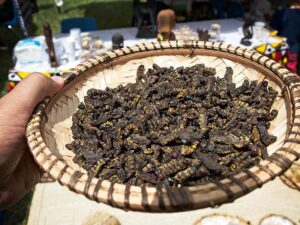
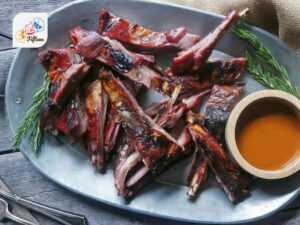
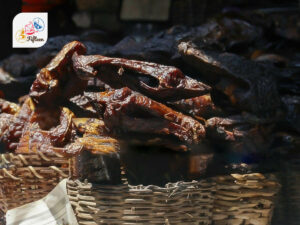
Jamie Scott
Editor in Chief, Senior Content Writer
Expertise
Home Cooking, Meal Planning, Recipe Development, Baking and Pastry, Food Editor, Cooking-video Maker, Western Food Evaluation Expert
Education
Le Cordon Bleu College of Culinary Arts
Local Community College, New York, NY
Jamie Scott is a skilled culinary expert and content creator specializing in Western cuisine. With over 15 years in the culinary field and formal training from Le Cordon Bleu, Paris, Jamie deeply understands how to blend nutrition with delicious flavors. His passion for cooking matches his commitment to making healthy eating accessible and enjoyable.
On Fifteen.net, Jamie brings a fresh perspective to classic dishes and beverages, offering readers insightful recipes, cooking tips, and a fresh view on meal planning that emphasizes taste, health, and simplicity.